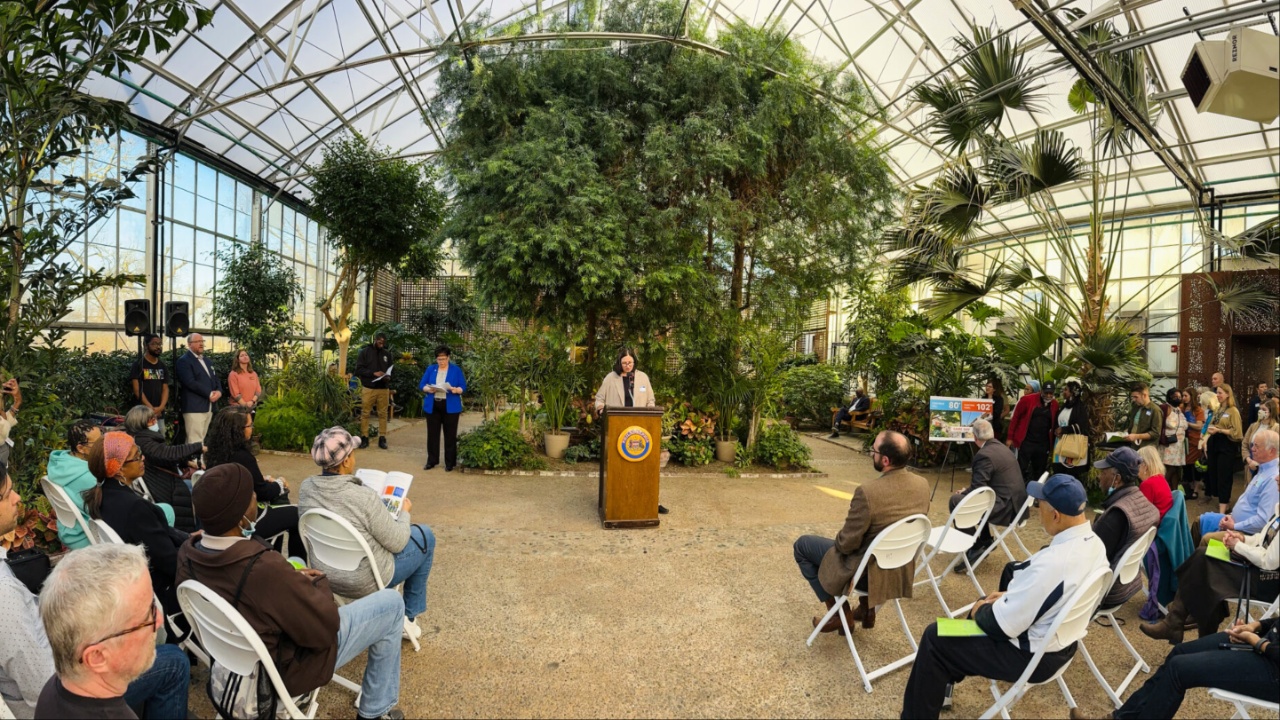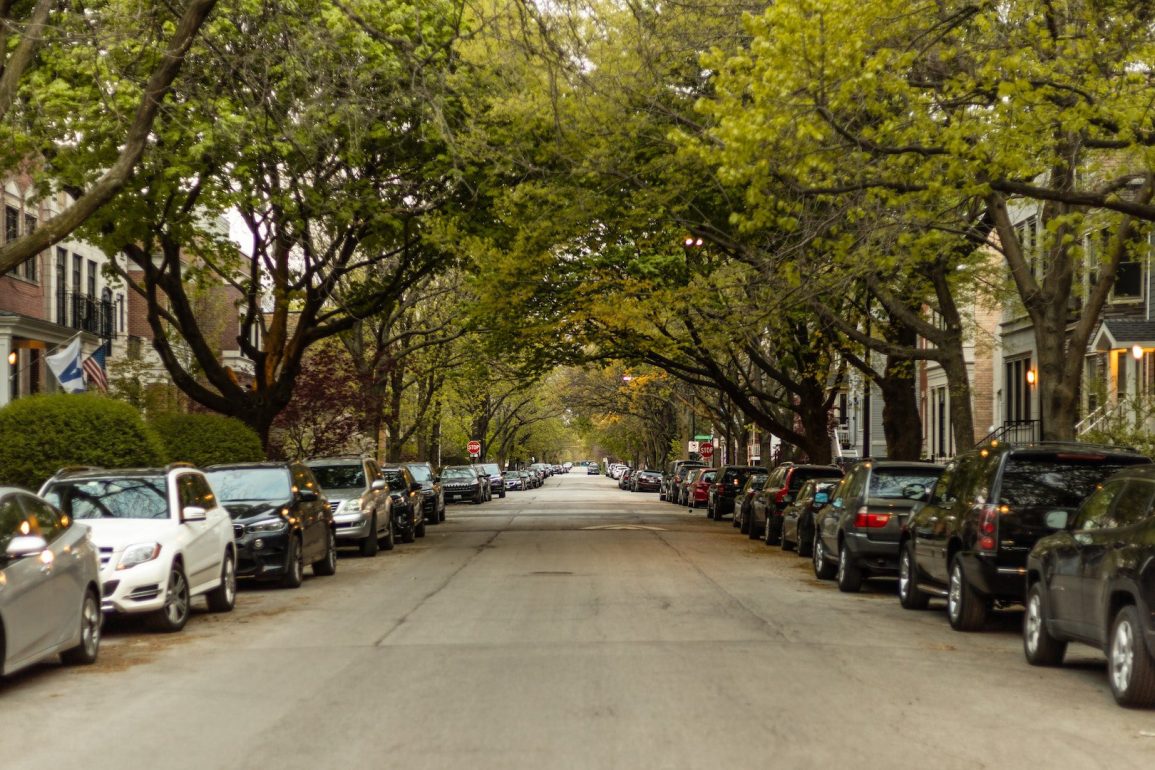This summer, pedestrians strolling past Prevea Health on Cherry Street couldn’t help but notice a stark contrast in their surroundings—the trees in the parking lot appeared lifeless, devoid of leaves even during the vibrant summer months.
This sight raised questions among local residents, with many wondering if the trees were dead and what plans, if any, were in place for their care. Approximately 4,200 individuals pass through this area daily, and many observed the troubling state of the trees that seemed to be stuck in the grip of winter.
In June 2023, images from Google Street View showed a thriving scene with the trees fully clad in leaves, indicating a healthy environment. However, just a year later, the situation has drastically changed, with dead trees dominating the Adams Street parking lot.
This decline has not gone unnoticed; patches of leafy canopies nearby on the sidewalk offer clues to the plight of their unfortunate neighbors, hinting at the potential outcomes for these trees if no action is taken soon.

Determining whether a tree is dying can be a complex issue influenced by various environmental factors. According to experts from the University of Florida’s Institute of Food and Agricultural Sciences, several conditions could contribute to the trees’ poor health, including past flooding events, soil compaction from foot and vehicle traffic, or prolonged drought.
The trees may also have exhausted the usable soil space necessary for healthy growth. This can lead to root suffocation, where roots, which typically spread as wide as the tree is tall, become trapped in narrow soil strips, hiding signs of stress until it’s too late.
The analogy of hair loss serves to illustrate this condition: just as one might wake up to bald spots, these trees can suddenly show signs of failure after years of concealed distress.
Fortunately for concerned residents, action is on the horizon. The Parks, Recreation & Forestry Department plans to remove the failing trees this winter as part of its regular removal operations.
James Andersen, assistant director of the department, reached out to city forester Brian Pelot for more information, confirming awareness of the trees’ decline. While specifics were limited, it’s clear that the decision has been made to eliminate the dead trees to make way for future developments.
The removal of these trees aligns with the city’s broader redevelopment plans. Matt Buchanan, the deputy development director, highlighted that the area will undergo significant changes as New Land Enterprises, the Milwaukee-based company set to develop a luxury apartment building, is expected to commence work by December 31.
The recent revisions to their agreement in a special Redevelopment Authority meeting signal a commitment to transforming the once-thriving parking lot into a new residential area, devoid of the trees that once stood there. As the city moves forward with these plans, residents will be left to reflect on the balance between development and maintaining the natural beauty of their urban environment.

